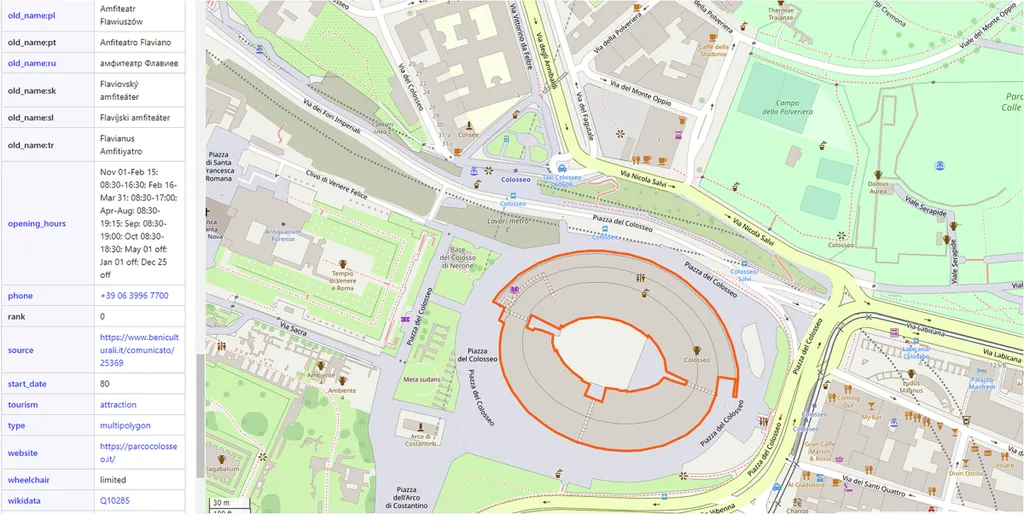In the vast landscape of geographic information systems (GIS), place names are the signposts that guide us through the intricate web of data that powers industries ranging from logistics to energy. Yet, the integration and updating of these names from multiple sources have long been a challenge, particularly when dealing with multilingual data. A recent study led by S. Lin from the National Geomatics Center of China in Beijing is shedding new light on this issue, offering a method that could streamline the process and enhance the accuracy of place name data worldwide.
The research, published in the International Archives of the Photogrammetry, Remote Sensing and Spatial Information Sciences—known in English as the Archives of Photogrammetry, Remote Sensing and Spatial Information Sciences—focuses on the boundaries of the lowest administrative units as the matching scope. This approach ensures that the data is as granular and precise as possible. The study employs a string edit distance algorithm, which is based on the substitution rules of common name synonyms, to calculate the similarity between place names. This method allows for the efficient integration and updating of place name data from various sources.
One of the standout features of this research is its approach to multilingual translation. The study uses a transliteration rule library for foreign language translation, combined with collaborative processing verification. This dual approach not only improves the matching efficiency of multi-source place name elements but also ensures the accuracy of foreign place names translation. “The collaborative processing verification step is crucial,” explains Lin. “It adds a layer of human oversight that can catch errors that algorithms might miss, ensuring the highest level of accuracy.”
For the energy sector, the implications of this research are significant. Accurate and up-to-date place name data is crucial for the planning and execution of energy projects, from the location of new infrastructure to the management of existing assets. “In the energy sector, precision is paramount,” says Lin. “A small error in place name data can lead to significant delays and costs. Our method aims to minimize these risks by providing a more accurate and efficient way to integrate and update place name data.”
The research findings have been tested in some national regions and have shown promising results. The method’s ability to handle multilingual data and ensure accuracy through collaborative processing verification makes it a valuable tool for the production and updating of place name data worldwide. As the global energy sector continues to expand and diversify, the need for accurate and reliable geographic information will only grow. This research offers a significant step forward in meeting that need.
The study’s publication in the Archives of Photogrammetry, Remote Sensing and Spatial Information Sciences further underscores its relevance and potential impact. As the field of GIS continues to evolve, the integration and updating of place name data will remain a critical challenge. The method developed by Lin and his team offers a promising solution, one that could shape the future of geographic information systems and the industries that rely on them.

